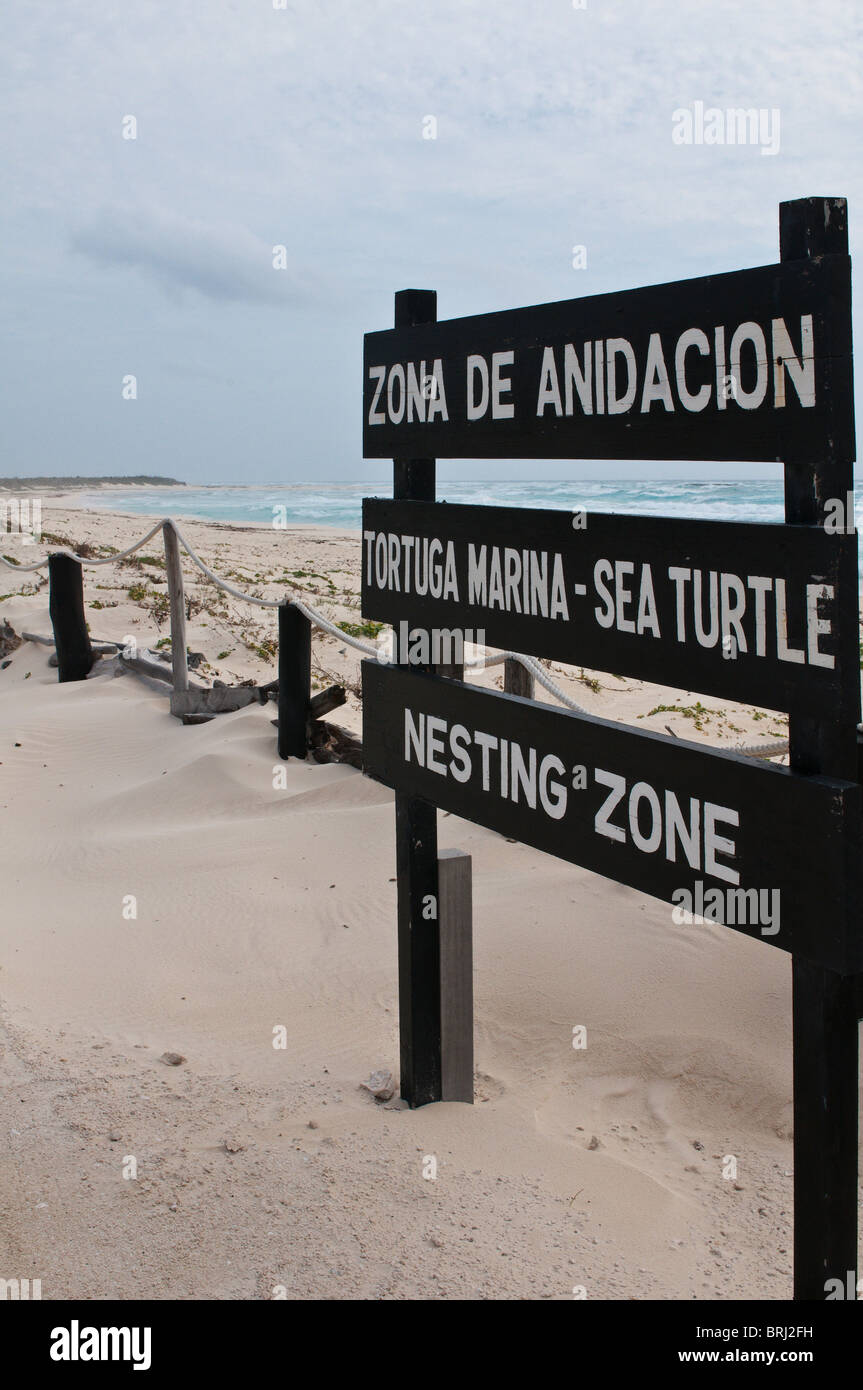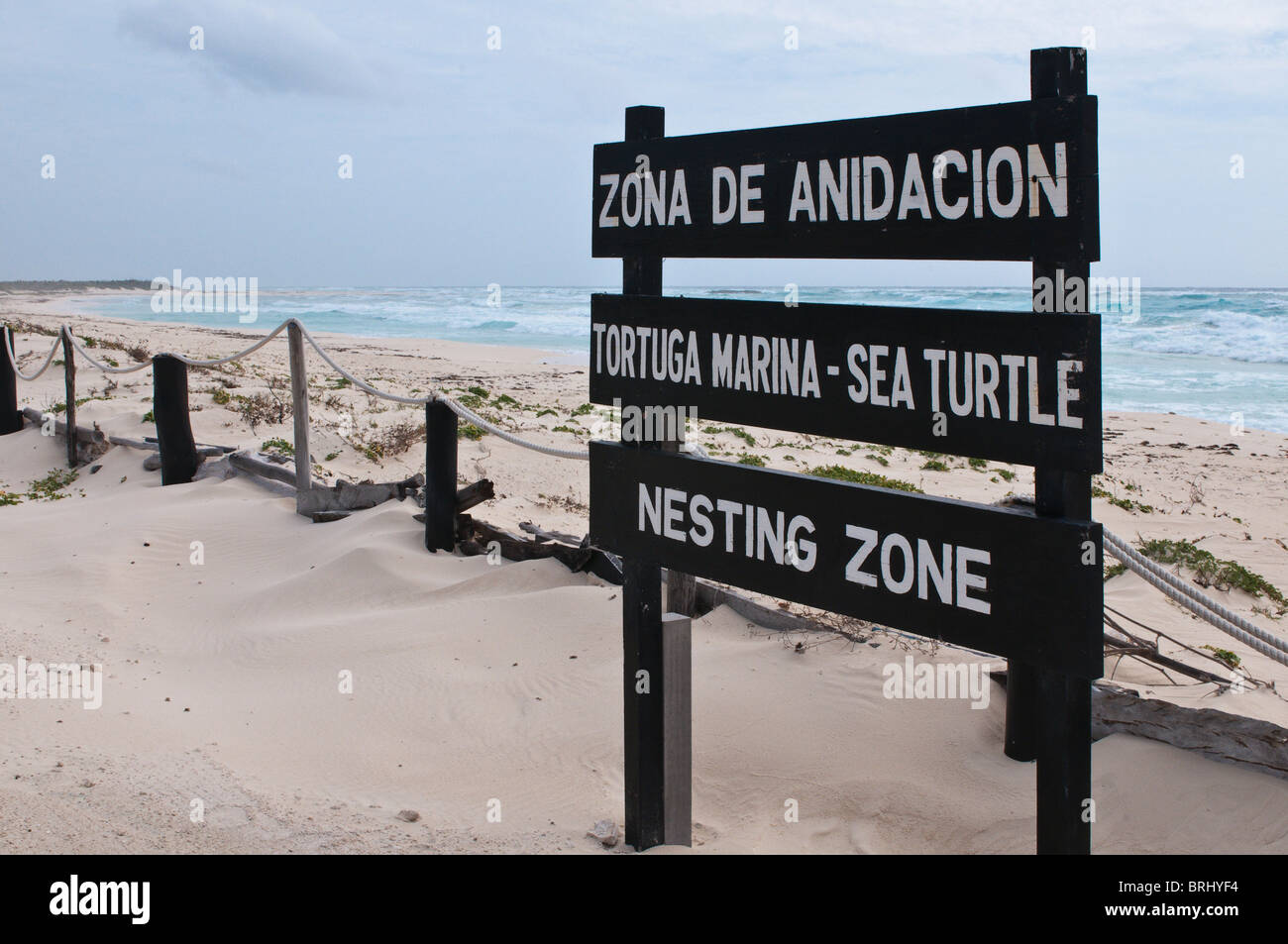
Mexico’s Sacred Sands: A Lifeline for Ancient Mariners
Along Mexico’s vast and varied coastline, where the Pacific surf crashes with relentless rhythm and the Caribbean waves gently lap at sun-drenched shores, a timeless drama unfolds each year. These beaches are not merely stretches of sand for human recreation; they are hallowed grounds, the ancient nurseries for some of the planet’s most majestic and vulnerable creatures: sea turtles. Mexico, with its unique geographical position and diverse marine ecosystems, stands as a critical sanctuary, hosting six of the world’s seven sea turtle species, making its role in their survival profoundly significant.
From the colossal Leatherback to the delicate Hawksbill, the robust Loggerhead, the graceful Green turtle, the abundant Olive Ridley, and the critically endangered Kemp’s Ridley, these ancient mariners undertake epic migrations spanning thousands of miles to return to the very sands where they were born. Their instinct-driven pilgrimage is a testament to nature’s enduring power, a ritual that has played out for millions of years, predating dinosaurs and witnessing the rise and fall of civilizations. Yet, today, this sacred cycle is fraught with peril, making Mexico’s conservation efforts a beacon of hope for their future.
One of the most awe-inspiring phenomena in the natural world, exclusive to a few select locations globally, are the arribadas – mass nesting events where thousands upon thousands of Olive Ridley sea turtles emerge from the ocean simultaneously to lay their eggs. Mexico’s Pacific coast is home to one of the most significant arribada sites on Earth: Playa Escobilla in Oaxaca. Here, under the cloak of night, the beach transforms into a pulsating tableau of life, as female turtles, driven by an ancient imperative, laboriously dig their nests, deposit their precious clutch of around 100 eggs, and then, exhausted but accomplished, return to the sea. It’s a spectacle of such raw power and sheer numbers that it can overwhelm the senses, a poignant reminder of nature’s vast generative capacity. "To witness an arribada is to feel the pulse of the planet," says a local conservationist working tirelessly on the Oaxacan coast. "It’s an unforgettable connection to something primal and immense."
Beyond the Olive Ridleys of Oaxaca, Mexico’s nesting grounds are incredibly diverse. The rugged, remote beaches of Michoacán, particularly Maruata and Colola, are vital strongholds for the magnificent Leatherback sea turtle, the largest of all turtles, weighing up to 1,500 pounds and measuring over six feet in length. These gentle giants, with their unique leathery carapace, travel immense distances from cold, productive feeding grounds to these warmer waters to nest. Their survival is precarious, and every nesting female is a precious contributor to the species’ fragile future.
Further east, along the vibrant Caribbean coast of the Yucatán Peninsula, encompassing states like Quintana Roo, the focus shifts to other species. The pristine white sands of beaches around Akumal, Tulum, and Isla Mujeres become crucial nesting sites for Green turtles, Loggerheads, and Hawksbills. Green turtles, known for their vegetarian diet in adulthood, are graceful swimmers whose nests dot these popular tourist destinations, presenting both opportunities for observation and challenges for protection. Hawksbills, with their distinctive overlapping scutes and narrow beaks, prefer secluded coves and reefs, often nesting closer to vegetation lines, their beautiful shells tragically coveted by poachers for the "tortoiseshell" trade. Loggerheads, identifiable by their massive heads and powerful jaws, also find refuge on these Caribbean shores.

The journey of a sea turtle, from egg to adult, is fraught with peril. Once laid, the eggs face threats from natural predators like raccoons, coatis, and birds. However, the most significant dangers come from human activities. Poaching, though significantly reduced by dedicated conservation efforts, remains a persistent threat, with eggs and adult turtles historically harvested for consumption or the black market. Coastal development, driven by tourism and population growth, encroaches on nesting habitats, destroying critical dune systems, increasing light pollution that disorients hatchlings, and altering natural beach profiles. Climate change poses an existential threat: rising sea levels erode nesting beaches, and increased sand temperatures can skew hatchling sex ratios, leading to an alarmingly female-dominated population, jeopardizing future breeding success. Ocean plastic pollution, particularly ghost fishing gear and microplastics, chokes and entangles turtles, while bycatch in commercial fisheries remains a major cause of mortality for juveniles and adults.
In response to these dire threats, Mexico has emerged as a global leader in sea turtle conservation. The federal government, through institutions like SEMARNAT (Secretariat of Environment and Natural Resources) and CONANP (National Commission of Natural Protected Areas), has established numerous protected areas, implemented strict anti-poaching laws, and funded research and monitoring programs. Playa Escobilla, for instance, is a federally protected sanctuary, guarded by military and local patrols during nesting season.
However, the true heroes of Mexico’s turtle conservation story are often the local communities and non-governmental organizations (NGOs) that work tirelessly on the ground. Indigenous communities and fishing villages, once dependent on turtle harvesting, have transformed into passionate protectors. Volunteers patrol beaches nightly, relocating at-risk nests to protected corrals or hatcheries, where eggs can incubate safely away from predators and human disturbance. Once hatched, thousands of tiny, vulnerable hatchlings are released into the ocean under careful supervision, giving them the best possible start. "Every turtle that makes it to the ocean is a victory," remarks a volunteer on a moonlit beach in Yucatán, cradling a handful of newly emerged hatchlings. "It’s a small life, but a huge hope for the future."
Education plays a crucial role. Local children are taught about the importance of sea turtles to their ecosystem and cultural heritage, fostering a new generation of conservationists. Ecotourism, when managed responsibly, also contributes. Visitors to places like Akumal can witness nesting turtles or hatchling releases in a controlled environment, generating awareness and vital funds for conservation initiatives, while ensuring minimal disturbance to the turtles. Strict guidelines are in place: no flash photography, no touching, maintaining a respectful distance, and choosing certified tour operators are paramount.
The story of Mexico’s turtle nesting beaches is one of resilience, both for the ancient turtles and the dedicated people who protect them. It is a powerful narrative of how a nation, rich in biodiversity, is stepping up to safeguard a global heritage. The sight of a female turtle laboriously making her way up a beach, or the frantic scramble of a hundred hatchlings towards the vast, open sea, is a profound reminder of the intricate web of life and our responsibility to protect it. These sacred sands are more than just geographical markers; they are the cradle of life for creatures that have navigated our oceans for millennia, and with Mexico’s continued commitment, they will hopefully continue to do so for millennia to come. The future of these magnificent mariners depends on the unwavering dedication to protect their nesting grounds, ensuring that the age-old ritual of life on Mexico’s beaches continues to inspire awe and hope for generations yet unborn.


